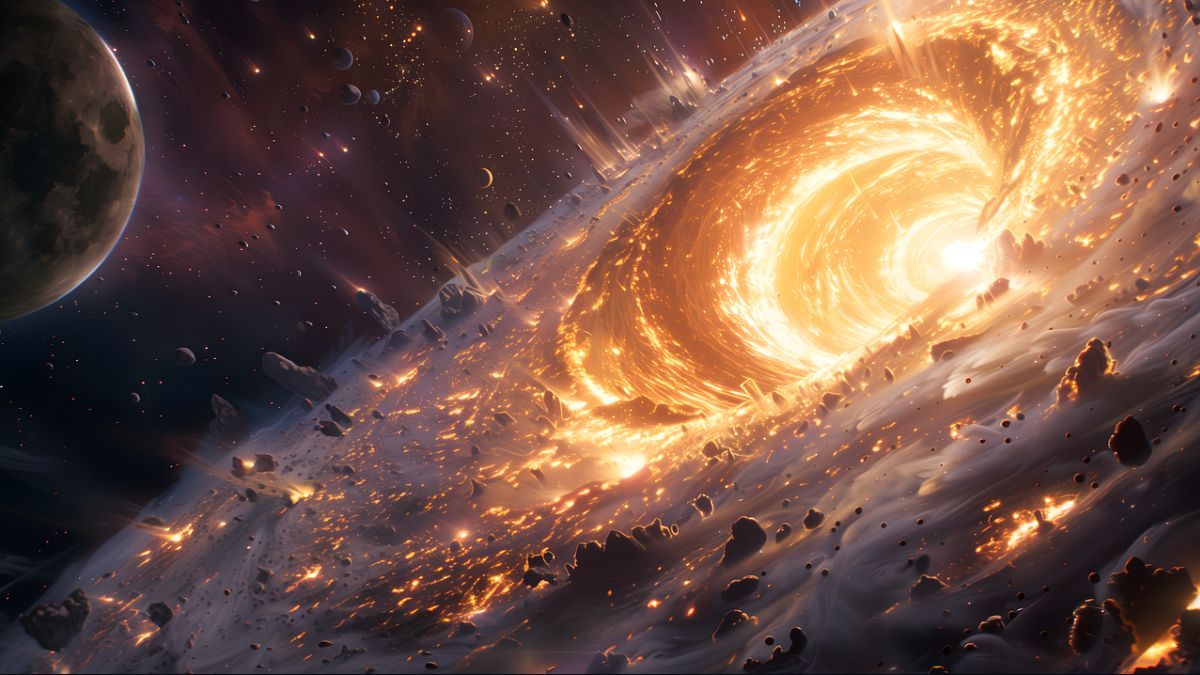Rare Double-Flash Tidal Disruption Event Captivates Scientists with Mysterious Supermassive Black Hole Discovery at 408 Million Light-Years Away

A recent astronomical discovery by astronomers has captured the scientific community's attention, revealing an extraordinary cosmic event involving a supermassive black hole approximately 408 million light-years away. Located in the galaxy WISEA J122045.05+493304.7, this massive black hole consumed one star from a binary star system, leading to a rare double-flash tidal disruption event (TDE).
This phenomenon is distinguished from most TDEs, which exhibit a single flare. The event, named ASASSN-22ci, produced two distinct flashes, showcasing the complexities of supermassive black hole interactions with stars. According to scientists, the double-flare TDE was likely triggered by the Hills capture process, where a supermassive black hole disrupts a binary star system.
This rare occurrence provides valuable insights into the black hole and its interaction with the disrupted star. Ultraviolet and X-ray data revealed the black hole's mass to be approximately three million times that of the Sun, while the disruption could have originated from a star similar in mass to our Sun. Notably, the striking similarity between the two flares suggests that the same star may have been affected twice.
Furthermore, astronomers predict a third flare could occur in early 2026, providing an opportunity to study the initial phases of a tidal disruption event (TDE) in unprecedented detail. This prediction is highly anticipated among scientists, as it will offer essential data to refine existing models of black hole behavior and tidal disruption phenomena.
The discovery has sparked renewed interest in understanding the intricacies of supermassive black holes and their interactions with stars. As the scientific community looks forward to observing this rare occurrence, researchers are optimistic about unraveling the secrets behind these celestial events.
